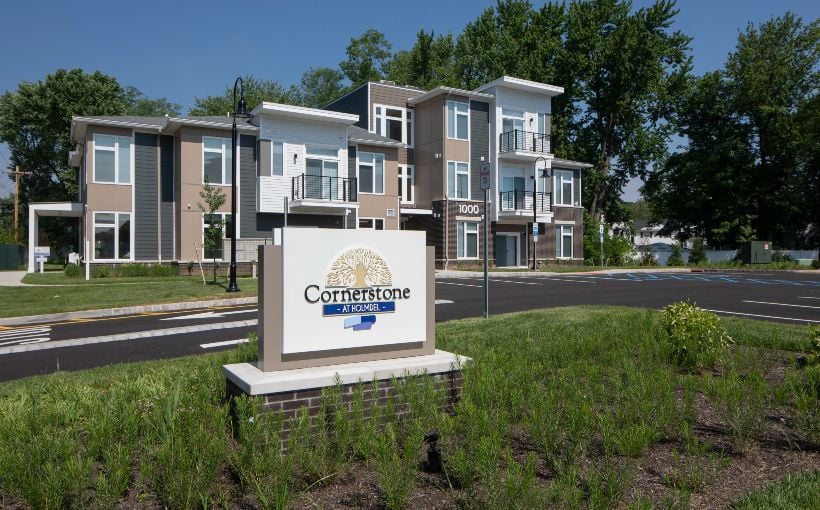In the past, grocery stores were primarily used for purchasing food and occasionally household items. However, with the rise of one-stop shops like Target and Walmart, traditional grocery chains are facing competition and must find ways to stay competitive and attract customers.
According to a Placer.ai white paper , many grocery chains are now incorporating healthcare services into their stores in order to increase foot traffic. While some national chains have offered basic healthcare services such as pharmacies for years, there has been a recent trend towards more extensive offerings.
Aside from providing an important service to the community, these clinics can also benefit both the store itself by increasing foot traffic and allowing health providers to reach more patients. Additionally, shoppers can conveniently manage their health needs while completing their regular shopping trips.
The white paper also revealed that stores with on-site healthcare options saw higher levels of foot traffic compared to chain-wide averages in 2024. For example, eight Dillons locations (a regional Kroger chain) with clinics experienced 93% more visits per location than other Dillons stores without clinics.
Furthermore,the research showed that these types of grocery-anchored healthcare facilities tend attract visitors from higher-income areas within their trade areas. This was particularly evident at King Soopers,H-E-B,and Jay C locations where median household incomes were above average comparedto overall averages for those respective chains.
Overall,the combinationof offering wellness services alongsideregular groceries is proving successfulfor grocerystoresas they transform into multifaceted hubs cateringto essentialhealthcare needs as well as everyday shopping necessities.This not only leads togreaterfoottraffic,butalso attractshigher-incomevisitorsand strengthenscommunity ties.




